Dam Removal in Europe is no longer taboo !
Extract from an article of Roberto Epple for the Swiss magazine Aquaviva, 2016
Why should dams, weirs and barriers in our rivers not follow the path of anything else – and even we humans? They are also transient and it must be acceptable to ask questions, what are we to do with these often hundert or more years old constructions?
What should we do with barriers, once useful or productive which now often have no function or are no longer the state-of-the-art, and many times fail to conform to modern environmental standards?
What is to be done with poorly conceived dams, those which have such a destructive effect on bodies of water that nowadays they maybe simply wouldn’t even be built?
These are only some of the questions revolving around removal which, in the current climate, should be debated.But dams are symbolic of the dominance of technical engineering over nature. For a long time these questions were taboo, but the search for answers has begun.
5 000 large dams and hundreds of thousands of smaller weirs, power stations, mills and barriers in Europe…
At the beginning of the 20th century hundreds of thousands of small weirs and dams, both for irrigation and to produce energy, were built in Europe. A large number of water mills were used to provide mechanical energy, later came the addition of small power stations for electrical generation.
Between 1900 and 1970 large dams (5m – 250m high and above) were erected in the most important industrial nations of Europe. In the category of big dams (>15 m high) over 5,000 were built just on the European continent (excluding Russia). See the map on our page “threats”.
This equates to about 10% of all big dams worldwide (2015).
For decades these dams were primarily used to produce energy, but it became more and more apparent that this was causing immense damage to rivers and their associated ecological systems. See our page “threats !
News
Aging Dams : Removal or not ?
An increasing number of these structures are approaching the end of their economic and technical life span.
As a rule this is the case after 70-100 years. In many states the duration of operation is regulated to be within the framework of the concession, so a life span of 50-80 years.
In most European countries (with the exception of some Eastern countries, and the ex-Soviet Union) almost every dam is under a concession which lasts from 40 to 60 years. This period is usually smaller than the physical lifetime of the building.
These concession, granted by the state, are defining, depending on the state :
- the aim of the structure (type of production),
- the methods of exploitation,
- minimum flow release
- ownership of the equipment, powerhouse and dam during and after the end of the concession
- what has to be done if the concession stops (renaturalisation, renewal of the concession etc.)
- from time to time, who has to pay the renaturalisation
- the taxes
- etc.
Some countries have other types of concessions: Criteria can be: size, power capacity, height or length of the dam, reservoir volume , private or public ownership. For little dams smaller than approx. 5 m and especially in the case of very old dams, concessions are often incomplete or inexistant
As a consequence, it is anticipated that in the near future, there will be a veritable wave of medium-sized and large dams that become obsolete. In every single case questions can be raised; should the operation be discontinued? can the construction be modernised or dismantled?
The same questions apply to small transverse structures, many of which are no longer functional.
The time for an evaluation has come, the removal or conversion creates an exceptional opportunity to the benefit of the clearly urgent rejuvenation of our rivers and the re-creation of the ecological free passage for migrating fish and debris.
Some primary reasons for dam removal
Ecological Restoration
- Restoration of resident and migratory fish passage
- Improved water quality (DO/temperature)
- Natural sediment release and transport
- Restoration of riverine vs. reservoir environment
Safety Concerns
- Eliminate threat of dam failure
- Eliminate potential loss of life
Economic Reasons
- Eliminate dam owner liability
- Cost-Effective
In some countries, beginning in the early 1980s questions were being raised. Initially in France, while at the same time a number of dams in the USA were dismantled, these changes were followed somewhat later by activities in Spain, Scandinavia and Germany.
For the majority of these early removals there were urgent reasons. In France and the USA the triggering element was the shocking collapse in the populations of migrating fish, in particular the Atlantic and Pacific salmon.
Many environmental organisations raised the alarm, launching campaigns to apply pressure to save migrating fish. It was high time, massive stocking with juvenile fish and the additional installation of sometimes very costly ladder systems for fish, had failed to compensate forthe dramatic reduction in fish populations.
In spite of these early developments dam removal really didn’t begin to gain traction until 1996. For the first time this included larger dams both in the USA and France and some years later also in Spain.
Pioneer France: Environmental Change 1985 – 1994
France, the nuclear country is, as surprising as it sounds, the largest producer of hydro power in the European Union. Five hundred large dams block the flow of silt and fish, in particular from the Alps and the Pyrenees. More than this, there are 2,000 mid-sized dams for energy production and at least 60-80,000 weirs and other barriers.
In spite of this concentration of water course obstacles, some river systems have remained fully intact, specifically the Loire and its main tributary rivers the Allier and the Vienne.
These rivers exhibit a surprisingly complete morphology and dynamic which accompanies a high level of biodiversity as shown by the presence of the last sizable population of European wild salmon (Salmo Salar).
The comparatively small number of obstacles – the majority of which are relatively permeable – facilitate fish migration.
In the case of the Loire – Allier branch, the best salmon spawning ground extending 800 km from the estuary.
When a number of new large dams were proposed along the Loire and its tributaries in 1985, an outcry was heard throughout the country. The massive project would have meant the end of the living Loire… and for the wild salmon, the most popular characteristic of high-value biodiversity.
French case studies location (followed up by ERN)
French Case Studies 1996 – 2020
location : see the map in the center of this page
Removal of 4 weirs on the Tardoire, Charente catchment (Haute-Vienne) 2022-2023
Vezins & La-Roche-qui-Boit Sélune, coastal river (Manche) 2018-2021
Poutès, Allier River, 2017 – 2021
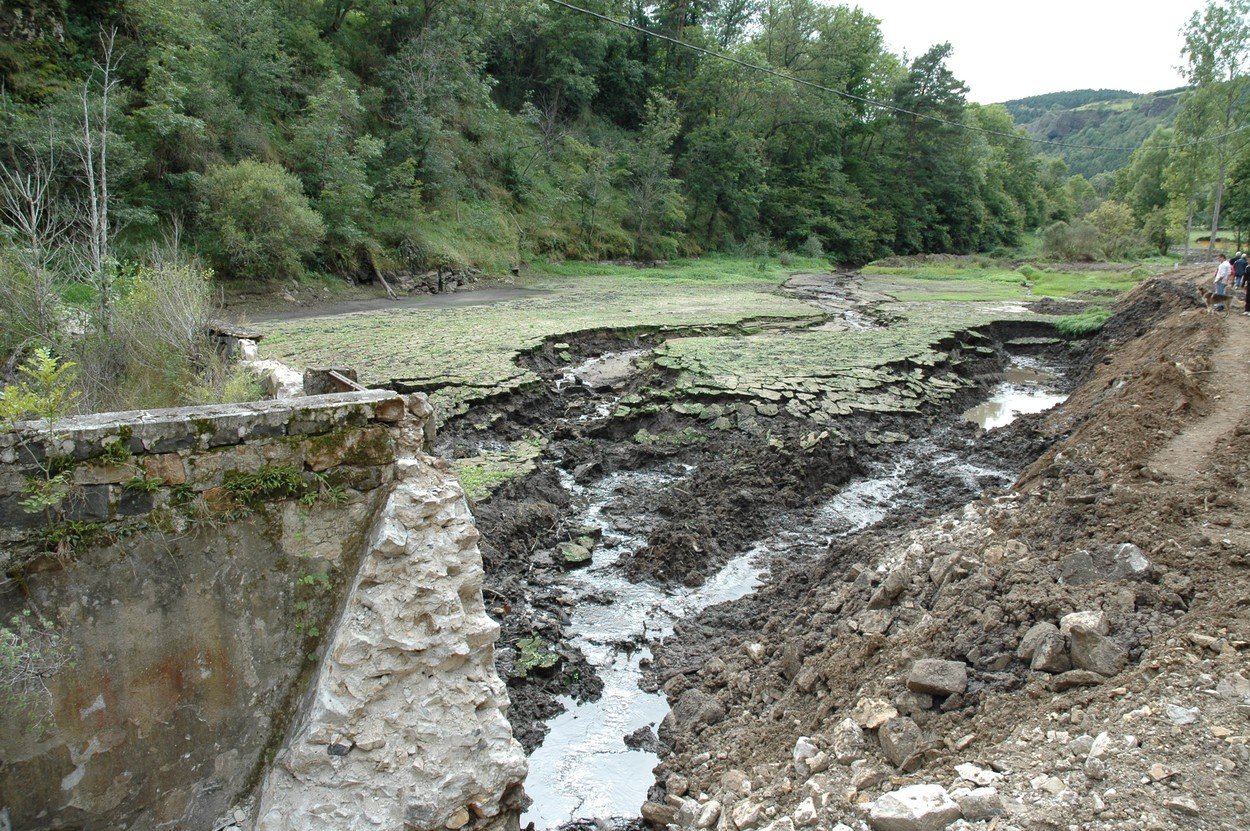
Fatou, Beaume River, upper bassin of La Loire 2007
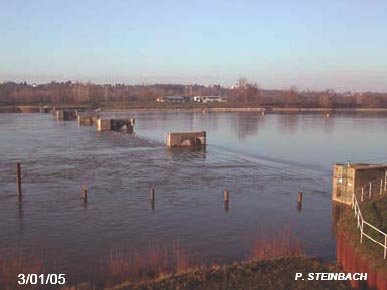
Blois, Loire River, 2005
Brives-Charensac, Loire River, 2003
Saint-Etienne-du-Vigan, Allier River, Haute-Loire, 1998
Maisons-Rouges, Vienne River, Indre-et-Loire, 1998
Kernansquillec, Léguer River, Cotes-d’Armor, 1996
Trigger: citizen’s movement Loire Vivante
Within a framework of the long-standing, exemplary campaign “Loire Vivante”, supported by all the major French environmental organizations and the International WWF, it was possible to topple the entire project.
Five years construction site occupation, successful lawsuits, temporary blockades of power stations, well-founded arguments, feasible alternative proposals and not least the intensive reporting in national and international media lead to the so-called “Plan Loire Grandeur Nature”.
This grandiose, ambitious plan laid-out for the coming centuries not just the express prohibition of new dams, but took over almost in their entirety the proposals and vision set out by the environmentalists to the benefit of a vibrant Loire.
A key cornerstone of the “Plan Loire Grandeur Nature” stipulates the expedient establishment of a completely free passage and the fastest possible removal of three dams in the Loire catchment area and in neighbouring Brittany.
Removal of 3 big dams (1996-1998)
Months prior to the removal of the first large dam in the US, France began dismantling 3 dams, all of which were critical for fish migration. This involved power stations for which the concession had expired.
 Kernansquillec Dam, 15m hight, Brittany, Léguer River
Kernansquillec Dam, 15m hight, Brittany, Léguer River
 Maisons-Rouges Dam, 4m hight (6m from the basis), 200m langht, Vienne river (Loire tributary)
Maisons-Rouges Dam, 4m hight (6m from the basis), 200m langht, Vienne river (Loire tributary)
 Saint-Etienne-du-Vigan Dam, 12m hight, Allier river (Loire tributary)
Saint-Etienne-du-Vigan Dam, 12m hight, Allier river (Loire tributary)
French plan for a massive conversion or removal of 2,900 barriers and additional big dams (from 1998)
The successful struggle for a living Loire and the resultant “Plan Loire Grandeur Nature”, followed by the European “Water Framework Directive”, were the beginnings of the implementation of a rigorous new French policy towards river management starting in 1998 with the following core elements:
- Reclassification of all French watercourses in categories of “No Go” or “Slow Go”.
– Strict ban on the construction of hydro power stations in “No Go” rivers or river sections. (10 percent of the 525,000 km of watercourses in France.)
– Legal requirement on power station operators, to make their structures “transparent” if they are located in a “Slow Go” section, to be combined with a doubling of residual water. - Massive promotion of the construction of fish ladders and downstream migration facilities.
- Improved management and coordination of runoff volume in water courses populated by hydro power stations chains.
- Guaranteed state cost-participation (to the value of 30-60 percent of the total cost) for dam removal projects or innovative modifications (priority given to migrating fish waters).
- Creation of a national database of all barriers in water courses.
- Guaranteed financing of a programme for barrier removal for structures no longer in use or used only occassionally.
- A waiver of small-scale costs- and construction-intensive renaturing (for example for meanders etc.)in favour of measures which exhibit self-reinforcing tendencies, promote morphogenetic flooding, and therefore encourage high biodiversity. (For example through obstacle removal.)
That the French State really took this seriously, is indicated by the successes:
 2003: Removal of the inactive 5m high Brives Charensac dam (Upper Loire)
2003: Removal of the inactive 5m high Brives Charensac dam (Upper Loire)
2005: Removal of the dam at Blois on the Loire (used for water sports) 2,5m high, about 150m long
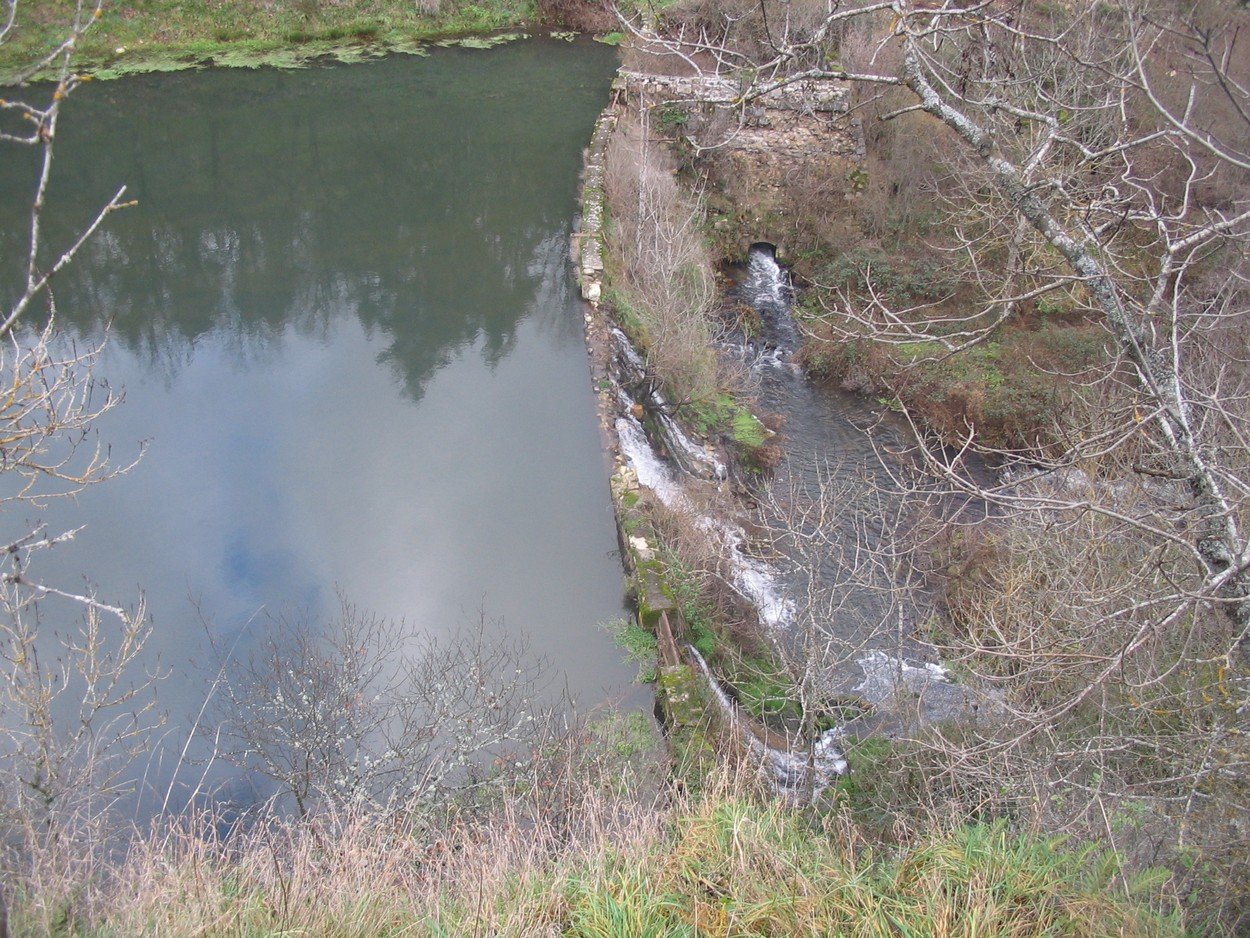 2007: Removal of the inactive 7m high Fatou dam (Upper Loire) on Loire tributary.
2007: Removal of the inactive 7m high Fatou dam (Upper Loire) on Loire tributary.
2008: Completion of the central database detailing 60,000 barriers. Encompassing all the large, medium and small dams, but also mills and barriers of reduced height. Only 10 percent were operational.
2009: Approval and financing of the “Plan d’Action pour la Restauration de la Continuité écologique” (PARCE) (English: Plan of action for the restoration and maintenance of the ecology) with the objective of removing or making passable 2,900 barriers.
2010: Signing of the “Convention for the sustainable water power”. This convention expressly accepts the removal of dams for energy production in certain cases. The dismantling of three large dams on the Allier and the Sélune are mentioned specifically.
2010: Official resolution to remove two large dams “Vezins” and “la Roche qui Boit” on the Sélune (Normandy). (Start of construction 2017?)
2011: Official resolution for the partial deconstruction of the Poutès dam on the upper Allier. (Start of construction probably in 2017)
Today this dam (Section 4) forms the last unsurmountable hurdle for salmon on the branch of the Loire – Allier. The planned innovative partial dismantling – the result of difficult negotiations – will add significantly to the permanent conservation of the last big European wild salmon population.
2014: Implementation of the requirement to doubling the amount of residual water in hydro power stations to the new, 10 percent level of the mean water flow. (5 percent for large installations in rivers with MQ > 80m3.)
The French Experience
After 20 years of dam removal projects in France the balance is very positive. The goals set for fish migration and the retention of existing species, have, to a large extent been exceeded and the redistribution of sediment has also functioned as expected.
Barrier removal brings with it significant ecological advantages and is a cost-efficient measure to re-create free passage. On long river sections river dynamic is reactivated and biodiversity stimulated. Moreover, by removing the barrier to water flow, a welcome drop in water temperature is also achieved.
The generous government subsidy is a key element in stimulating removal. It has found much favour with private barrier owners, in part because it relieves them of the duty to make their structures permeable.
To ensure a decommissioning project is successfully implemented, social aspects must also be given special attention.
“Social engineering” is indispensable and needs to be addressed long before the project begins.
This lobbying is critical. In many instances and to our surprise, local residents are oftern as much attached to their dam as their ancestors were to a free-flowing vibrant river!
Before a dam can be dismantled, ” it” has to be removed from the heads of many people.
A Look around Europe (2017)
 Over the past few years in Europe many hydro power station concessions have been renewed, usually without the imposition of any new conditions, except perhaps some technical improvements or with a stipulation to increase residual water quantities.
Over the past few years in Europe many hydro power station concessions have been renewed, usually without the imposition of any new conditions, except perhaps some technical improvements or with a stipulation to increase residual water quantities.
Opposition has been muted, usually limited to one or two environmental organisations.
This should change, because in the coming ten to twenty years many of Europe’s 5,000 largest dams require re-licensing. For many of these power stations, continued operation needs to be called into question as to whether they are economic in the light of new regulations or if conformance to new rules are even technically feasible without involving exorbitant cost.
In the future, decision making concerning the modernising and modification of existing power stations must include a discussion of the option of full or partial deconstruction if new perspectives for the much needed full ecological free passage and associated preservation and cost-efficient river renaturalisation are to be properly taken into consideration
In 2016 ERN, together with other organisations, has founded Dam Removal Europe (DRE).
The www.damremoval.eu website contains information and map material covering recent developments of “Dam removal” throughout Europe.
Watch the great “Damnation” trailer !
This powerful film odyssey across America explores the sea change in our national attitude from pride in big dams as engineering wonders to the growing awareness that our own future is bound to the life and health of our rivers. Dam removal has moved beyond the fictional Monkey Wrench Gang to go mainstream. Where obsolete dams come down, rivers bound back to life, giving salmon and other wild fish the right of return to primeval spawning grounds, after decades without access. DamNation’s majestic cinematography and unexpected discoveries move through rivers and landscapes altered by dams, but also through a metamorphosis in values, from conquest of the natural world to knowing ourselves as part of nature.





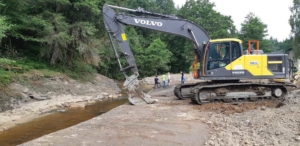
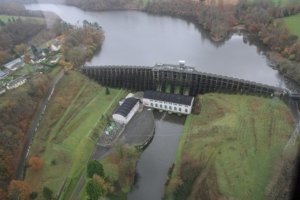
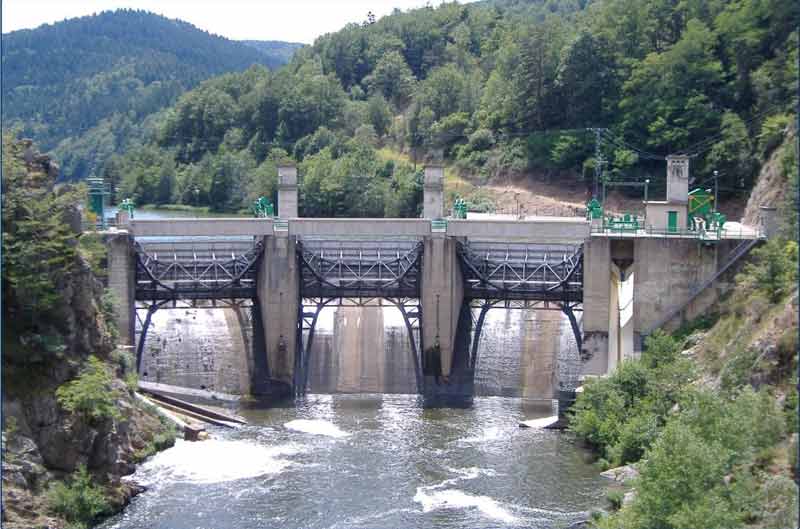
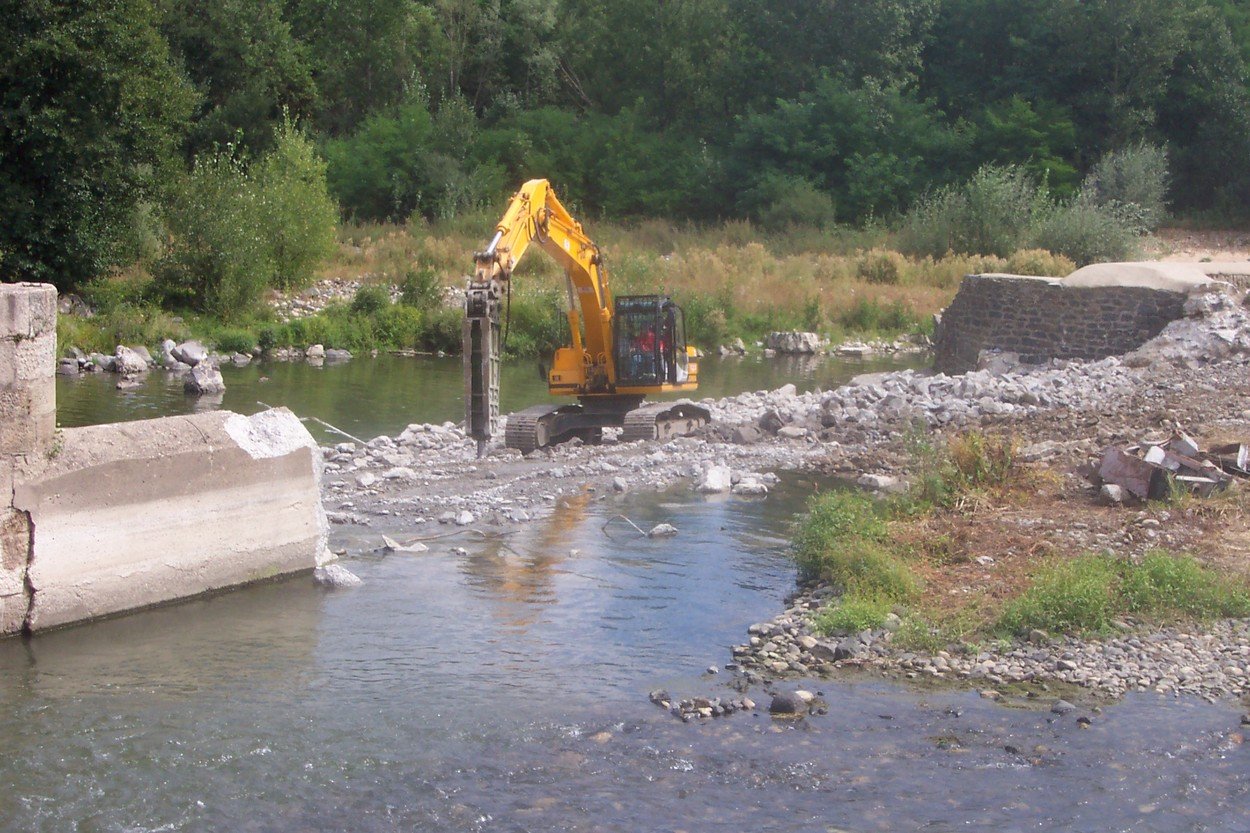
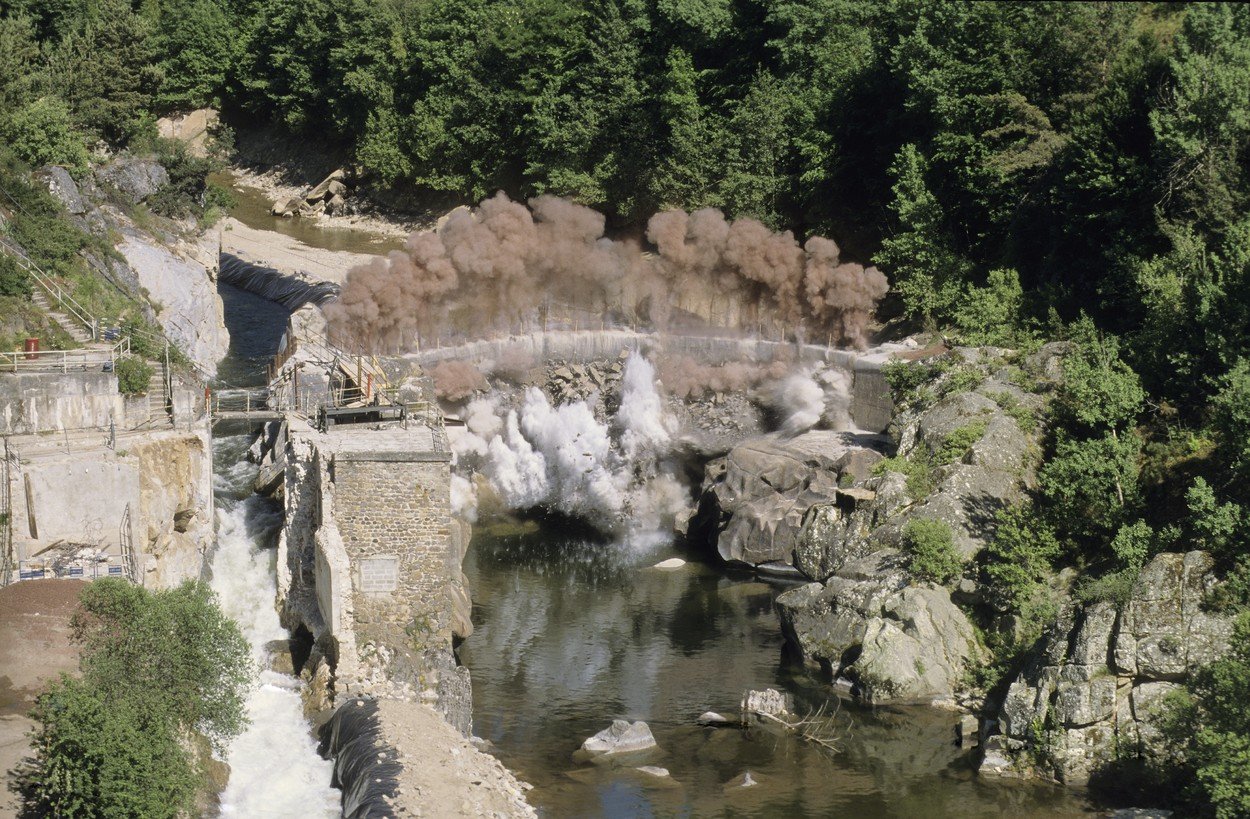


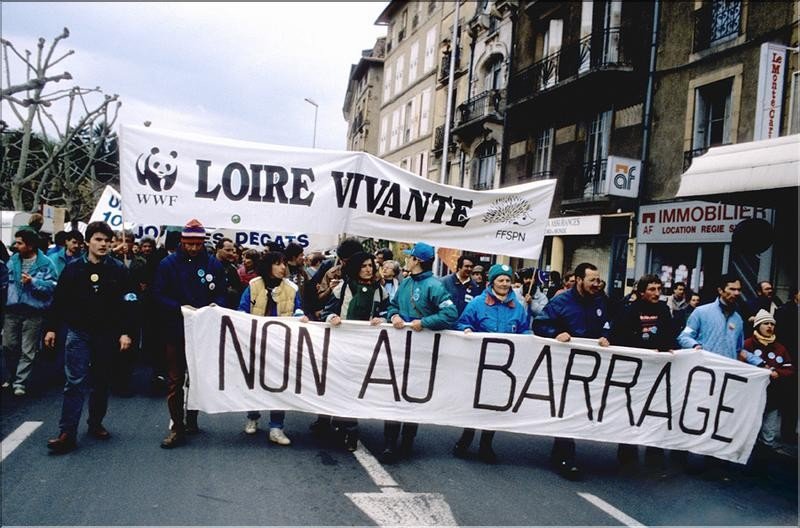

 ERN is the official WWF Freshwater Partner in France and cooperates with WWF Switzerland, Austria, Netherlands and others
ERN is the official WWF Freshwater Partner in France and cooperates with WWF Switzerland, Austria, Netherlands and others